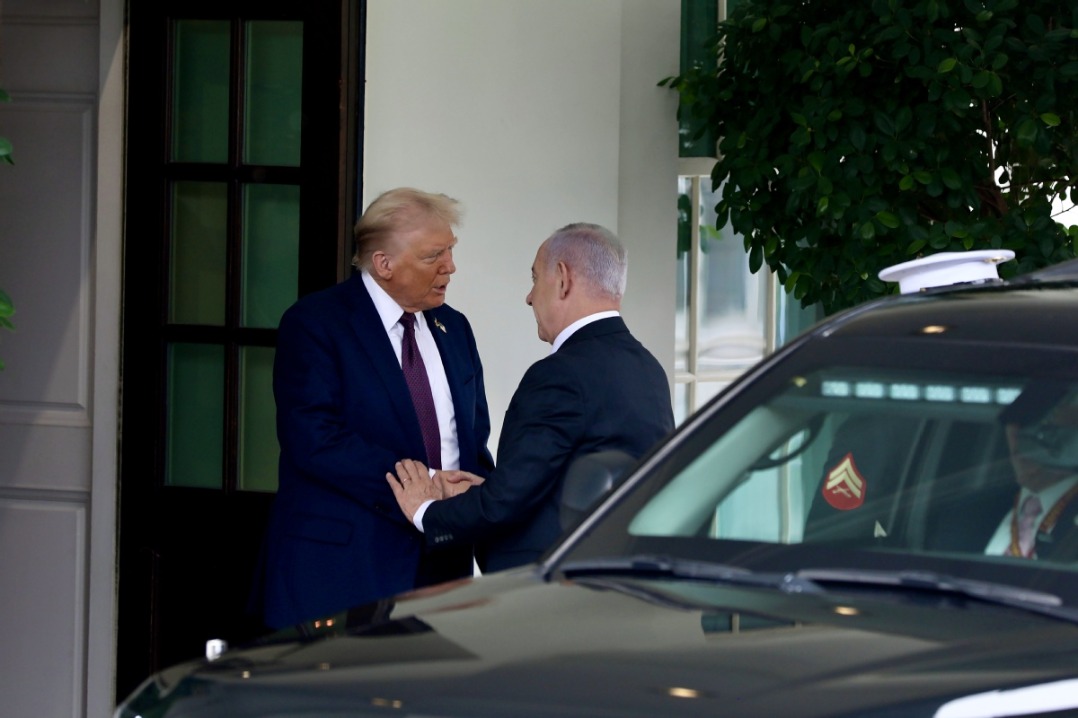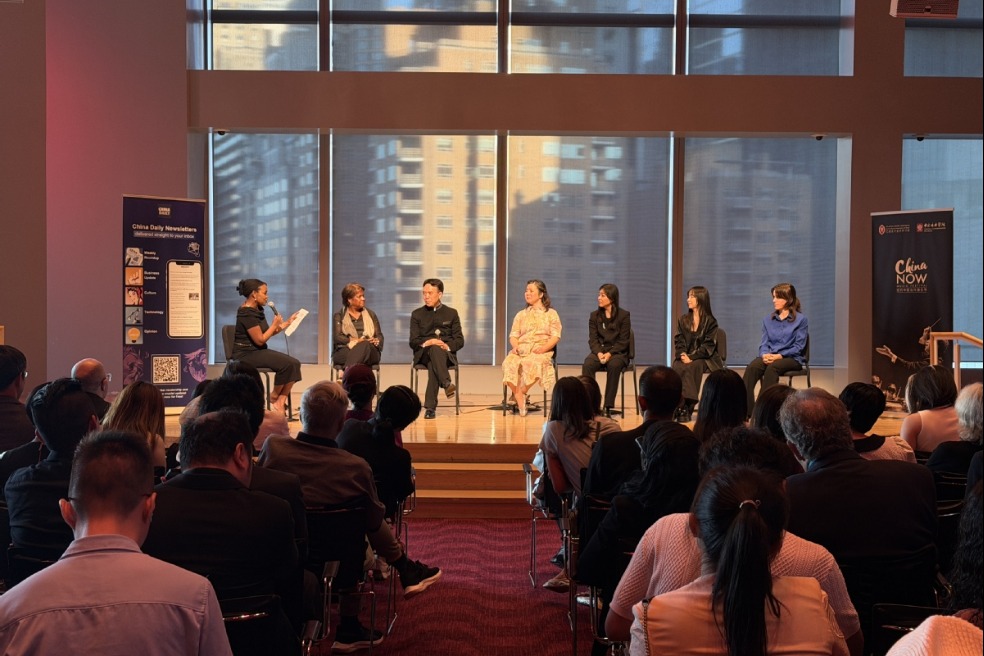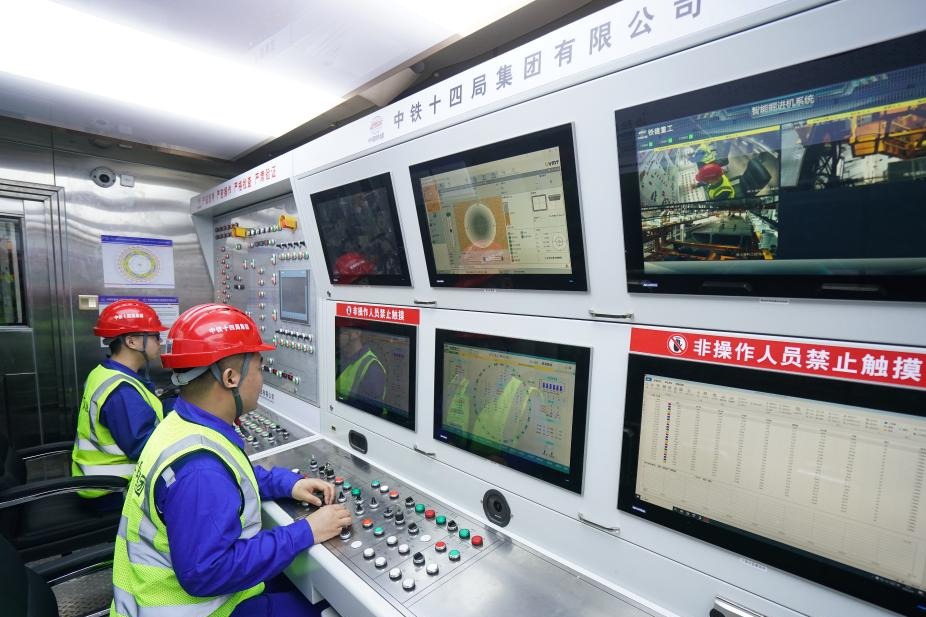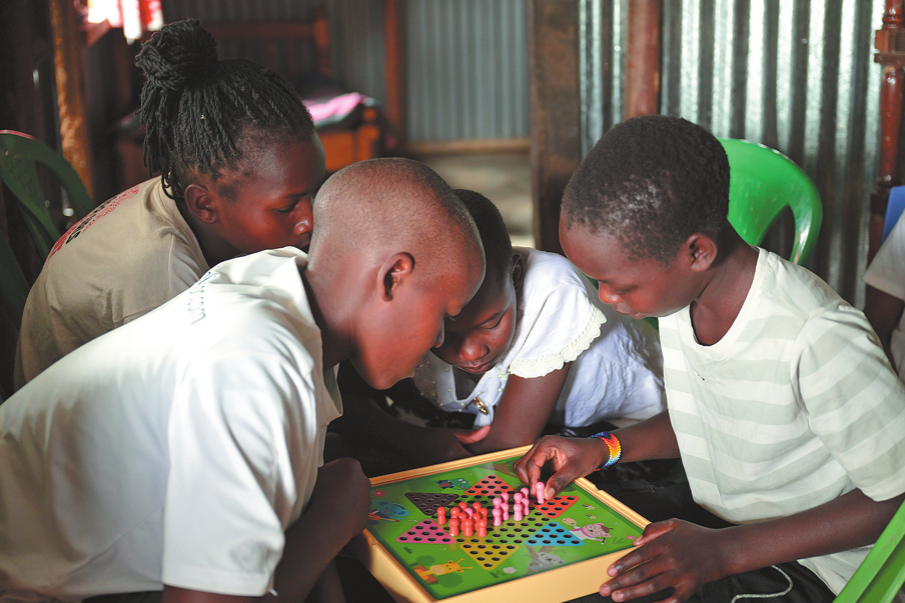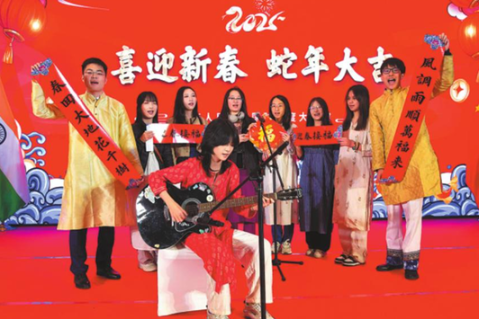Sanxingdui and Chavin: A bridge between cultures to strengthen dialogue

I have often wondered how the Sanxingdui culture of China and the Chavin culture of ancient Peru — separated by oceans and several hundred years — appear so similar.
Three points of convergence between the two cultures catch my attention: iconography with an emphasis on large eyes and feline features on masks, ceramics and steles; artistic innovation based on mastery in bronze, gold and copper religious imagery; and monumental ceremonial centers of power.
But there are also differences to consider, such as temporality, with one disappearing and the other emerging; the geographical setting, in the fertile plains or the high Andes; and the economic foundation based on rice or potato and corn cultivation.
Complex societies develop similar solutions to similar challenges. The capacity of the Sanxingdui and Chavin cultures to create abstract complex symbols, master technologies or establish networks is a parallel response to economic needs, expressions of ritual art or systems of belief and power.
This is the legacy of Sanxingdui and Chavin: two archaeological and cultural sites that share similarities and build bridges between cultures. By exploring their distinct paths, we can gain a deeper understanding of the diversity of human development.
Last November, an exhibition held in Cusco, the historic center of ancient Peru, highlighted the parallels and contrasts between two other ancient cultures: the Shu Kingdom (221-263) and the Inca civilization. Sixteen replicas of representative objects from the Shu period and seven authentic artifacts from the Inka Museum's collection were displayed at this exhibition.
Promoted by authorities from China and Peru, the exhibition bore the unifying slogan "Light of the Sun", illuminating this symbolic bridge and bringing cultures into dialogue. It explored the parallels between ceremonial rituals, artistic expressions, beliefs, devotion to Mother Earth and sun worship in the two cultures.
The Shu Kingdom encompasses the Sanxingdui and Jinsha cultures, two stages of ancient Chinese civilization. Sanxingdui, in particular, is considered an early phase and ceremonial center of Shu, which flourished in what is now Sichuan province. Archaeological finds at the Sanxingdui site, such as bronze artifacts and masks, have given a face to the Shu Kingdom.
The Chavin culture is very ancient and is considered "the mother of the Andes". Despite having no direct contact with the Inca civilization, the Chavin influenced its development, setting precedents in terms of social organization, religious beliefs and artistic expression that were adopted by the Incas. Evidence of Chavin influence can be seen in religious iconography and the depiction of mythical figures.
Sanxingdui and Chavin are ancestral mirrors that in the era of artificial intelligence could be connected virtually to foster intercultural dialogue based on their archaeological similarities, identifying common patterns, creating immersive museum experiences and generating educational content on similar paths.
The proposal transcends traditional museography by using AI as a decoding tool, revealing how these two cultures — so distant in space — solved similar challenges, once again demonstrating human creativity. Each of these cultures opens the door to the other.
It can have a cultural impact on the visibility of their contributions: an educational impact on the dissemination of this archaeological content, a technological impact on the development of AI algorithms applied to heritage, and even a diplomatic-cultural impact, as a model of binational cooperation.
This bridge-building initiative is part of the strategies of the United Nations Alliance of Civilizations, which promotes dialogue between civilizations and strengthens solidarity and intercultural cooperation.
In this vein, China's Permanent Mission to the United Nations and the UN Alliance of Civilizations co-hosted a high-level event to celebrate the first International Day for Dialogue among Civilizations on June 10. China also proposed the Global Civilization Initiative, a vision fully aligned with the objectives of the UN Alliance of Civilizations.
Peru, with its rich and diverse cultural tradition, joins these efforts to promote dialogue, and foster exchanges and mutual learning between civilizations. The country, with its indigenous roots and heritage of conquest and migration, is a nation that embodies in its social fabric an identity built on diversity. Peru is an active builder of bridges between Latin America and the world.
The author is a professor at the Pontifical Catholic University of Peru. Her research area is anthropology specializing in China.
















